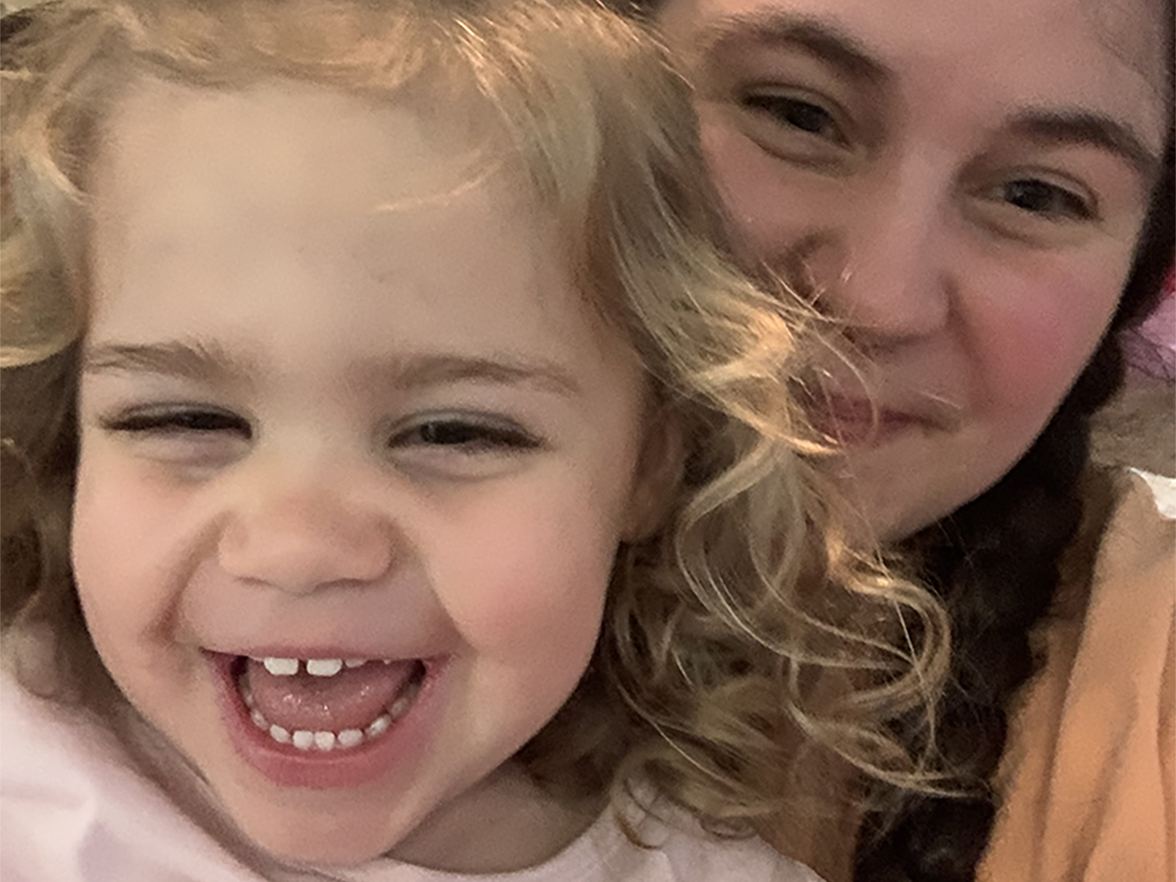Recently one of my employees shared that he and his girlfriend were adopting a golden retriever puppy. This was a big milestone for them, and he was clearly excited and a little apprehensive. I reflected on the many times over the years he'd sat patiently through baby and wedding showers, and I knew what I had to do.
Two weeks later we surprised him with a team puppy shower complete with golden retriever cupcakes, puppy toys, and a ton of new puppy parent advice. He was genuinely touched that we'd recognized how important this was to him, and I realized not for the first time that inclusive leadership is a deliberate, and highly worthwhile pursuit.
Each one of us has a unique footprint, not only in terms of gender, ethnicity, sexual identity, cultural heritage, and age but also in work styles, strengths, values. And each one of us also has a fundamental desire to be seen for who we really are. By recognizing that uniqueness, diversity and inclusion in teams brings huge benefits in innovation, fresh perspectives, and enhanced problem solving.
But to get there - true workplace diversity - requires first engaging in some introspection into the part you play what I call the "Being" part of the process.
Recognize the curvature of your own lens. We all see things from our own perspective based on our values, our cultural norms, and our experiences. While this is natural, if not kept in check it will lead to viewing employees who are different from us less favorably than those who are more similar. If you haven't already, take some time to list your own leadership values, strengths, and blind spots. With this awareness, you should then deliberately seek out and choose to appreciate those who approach their work from a different perspective.
Commit to inclusive behavior. Creating and growing diverse teams takes time and is sometimes uncomfortable. Is this something you are truly committed to and are not going to shy away from at the first sign of trouble? If so, what does that commitment look like? What needs to change so that you will be known as an inclusive leader? Create yourself a one-year and a five-year plan.
Bring respect for others. Inclusive leadership starts with the fundamental belief that everyone has the right to be seen as capable of making a positive contribution. If you treat someone with respect, they will bring their best selves to work. It doesn't mean that everyone will be the best fit for your organization, but it does give them the best chance of being successful. What is standing in the way of you believing this? Often it is our own criticisms of ourselves which leads us to be critical of others. Start with being kinder to yourself and you will find that respect for others naturally follows.
That's the beginning. The message is it's not enough for us to hire for workplace diversity. In order to help everyone reach their potential, we need to systematically create inclusive environments where our differences do not become a barrier to success. And that starts with figuring out what kind of predispositions we bring to the party.
Check back next week when I'll offer the "doing" part of the equation, and specific actions you can take to support diversity in your workforce.
Two weeks later we surprised him with a team puppy shower complete with golden retriever cupcakes, puppy toys, and a ton of new puppy parent advice. He was genuinely touched that we'd recognized how important this was to him, and I realized not for the first time that inclusive leadership is a deliberate, and highly worthwhile pursuit.
Each one of us has a unique footprint, not only in terms of gender, ethnicity, sexual identity, cultural heritage, and age but also in work styles, strengths, values. And each one of us also has a fundamental desire to be seen for who we really are. By recognizing that uniqueness, diversity and inclusion in teams brings huge benefits in innovation, fresh perspectives, and enhanced problem solving.
But to get there - true workplace diversity - requires first engaging in some introspection into the part you play what I call the "Being" part of the process.
Workplace Diversity requires inclusive environments
What does that mean?Recognize the curvature of your own lens. We all see things from our own perspective based on our values, our cultural norms, and our experiences. While this is natural, if not kept in check it will lead to viewing employees who are different from us less favorably than those who are more similar. If you haven't already, take some time to list your own leadership values, strengths, and blind spots. With this awareness, you should then deliberately seek out and choose to appreciate those who approach their work from a different perspective.
Commit to inclusive behavior. Creating and growing diverse teams takes time and is sometimes uncomfortable. Is this something you are truly committed to and are not going to shy away from at the first sign of trouble? If so, what does that commitment look like? What needs to change so that you will be known as an inclusive leader? Create yourself a one-year and a five-year plan.
Bring respect for others. Inclusive leadership starts with the fundamental belief that everyone has the right to be seen as capable of making a positive contribution. If you treat someone with respect, they will bring their best selves to work. It doesn't mean that everyone will be the best fit for your organization, but it does give them the best chance of being successful. What is standing in the way of you believing this? Often it is our own criticisms of ourselves which leads us to be critical of others. Start with being kinder to yourself and you will find that respect for others naturally follows.
That's the beginning. The message is it's not enough for us to hire for workplace diversity. In order to help everyone reach their potential, we need to systematically create inclusive environments where our differences do not become a barrier to success. And that starts with figuring out what kind of predispositions we bring to the party.
Check back next week when I'll offer the "doing" part of the equation, and specific actions you can take to support diversity in your workforce.





